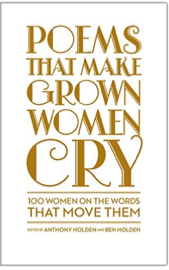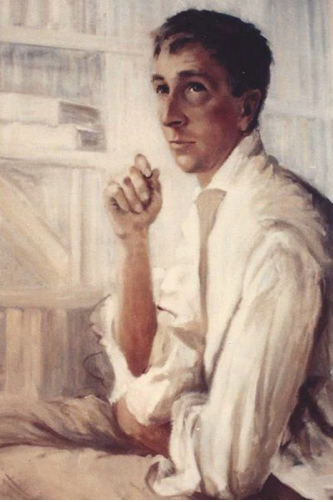The recently published Spring 2016 issue (Vol. 4, No.2) of The John Updike Review features the co-winners of JUR’s Third Emerging Writers Prize, a cash prize that includes publication in the journal. The recipients are Scott Dill and Yoav Fromer.
 Dill is “currently working on a book about John Updike’s prose stye, the five senses, and theological aesthetics.” He is a lecturer in the Department of English at Case Western Reserve University, where he teaches seminars on aesthetics, religion in American literature, and secularization theory. His essay is on “Little Plenitudes: John Updike’s Affective Ontology of the Image.”
Dill is “currently working on a book about John Updike’s prose stye, the five senses, and theological aesthetics.” He is a lecturer in the Department of English at Case Western Reserve University, where he teaches seminars on aesthetics, religion in American literature, and secularization theory. His essay is on “Little Plenitudes: John Updike’s Affective Ontology of the Image.”
Fromer is a fellow and visiting lecturer at Tel Aviv University, where he teaches American studies, literature, and political philosophy. His essay is titled “‘The Inside-Outsider’: John Updike as a New York Intellectual—from Shillington, Pennsylvania.”
Also in the new issue are essays from James Schiff (“Updike’s ‘Rabbit Remembered’: The Presence/Absence of Harry through Intertexts”), Donald J. Greiner (“Revising Henry Bech: The First Draft of John Updike’s ‘The Bulgarian Poetess'”); three writers on “Trust Me” (“Updike’s ‘Trust Me’: Of Anthologies, Indifference, and Dollar Bills,” by D. Quentin Miller; “Asking My Students to Jump in the Deep End: The Misleading Focal Event of John Updike’s ‘Trust Me,'” by Daniel Paul; “Updike’s ‘Trust Me’: A Writer’s Account, a Reader’s Doubt,” by Mical Darley); and two reviews (William H. Pritchard on John Updike’s Selected Poems, and Robert M. Luscher’s review of David Crowe’s Cosmic Defiance: Updike’s Kierkegaard and the Maples Stories).
All John Updike Society members receive a copy of the journal as part of their paid membership, but institutional subscriptions are also available. The John Updike Review is published twice a year by the University of Cincinnati and the John updike Society and is based at the University of Cincinnati Department of English. James Schiff is the editor, and Nicola Mason the managing editor. Send submissions of essays and queries to: James Schiff, james.schiff@uc.edu.








